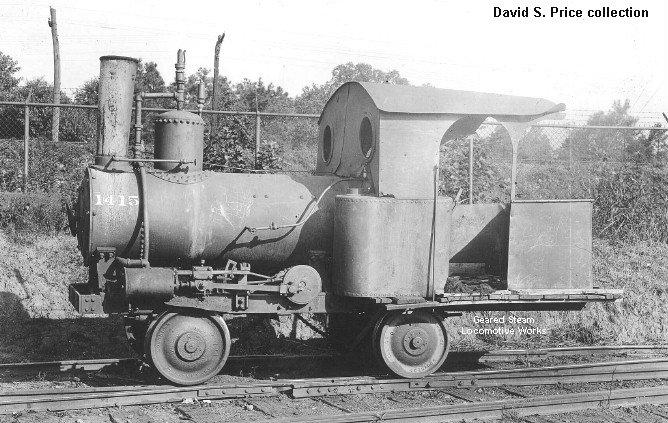OK,
The ho’oilo (rainy season) is nigh, and it is time to go from the garden to the lanai as the frigid 70-degree weather descends upon O’ahu…
Seriously, after “Rooster” offered the requisite detail parts to resurrect a shattered LGB M2075 shell my kids named “Little Thomas,” I ran out of excuses to put off an effort to turn this:
Into a side tank approximation of this (photo courtesy of “Rooster” from an overview of the Oahu Sugar Co.):
I had hashed this idea around privately previously with Bill Barnwell and on the GR site, and the advice at the time was “Neat project, but not now” as dollars were better spent on tools and basic things to get the Triple O running.
OK, so why this locomotive? It is for strictly sentimental reasons. “He” was a Christmas gift in 1976 from my late grandmother, and “he” did hard service until about 1980 when the battery motor died. At that time, my brother and I got our first proper LGB sets, and this old fellow served as our hand operated “switcher” until the collection went into storage for a quarter century. When the Triple O came into being, the newly christened “Little Thomas” found service in checking clearances, and he now serves as the “Kid-zilla Sponge” along with some HLW minis. A big theme of the Triple O is connecting past to present, and if I can get the kids involved in bringing “Little Thomas” back to life as a functioning locomotive, it’ll be a neat way to tie together four generations (Dad played with him, too, back in the day!) in one project. Even better, the last of our Nisei grew up on the cane fields here, and if “Little Thomas” can come back as something evocative of that era, that would help “him” serve as a binding agent between two families. All pretty cool stuff, if not horrifically applicable to making this work beyond providing motivation.
Now for the reality. This thing is a shell. There are no interior parts. Its hull won’t hold an LGB can motor, so it has to use a powered tender, or I have to fit it on something else. To boot, the rod is broken, but I am amenable to putting sideboards on the old boy to make it look like a partial tram conversion. “Rooster” graciously opened his parts bin to me for bells, lights, and the like. I figure the hard part is making something evocative of a boiler backhead. Add to this I am still learning the language of steam locomotives (They don’t have condensers like ships? My bad…), so I am not even sure what I should stick back on!
On the other hand, I have a few aces in my sleeve. For one,the plantations used a variety of locomotives in every conceivable wheel configuration, so everything is fair game. There are even examples of tram engines out here, so putting sideboards on to hide the missing rods is a possibility. The plantations threw away nothing, and they used them and reused them for as long as they could, with Hawaii’s earliest locomotives having run almost until the end of railroad operations on the plantations. I figure that gives me license to be accurate to the spirit of the era and its iron horses if not accurate to an exact plantation or prototype. More practically, I do have a good hardware store and a plastic model focused hobby store in town, and an R/C aircraft focused hobby store near my office (Both are the last of their kinds, out here). My only practical limitations are that I minimize shipping and that the project not be detailed beyond the point the family cannot become involved with its restoration (part of my anti-computer game crusade).
That has been enough “butt modeling” for tonight. I’ll throw up some other pictures as the week goes on to frame the issue a bit.
Thanks for letting me bend your ear!
Eric







